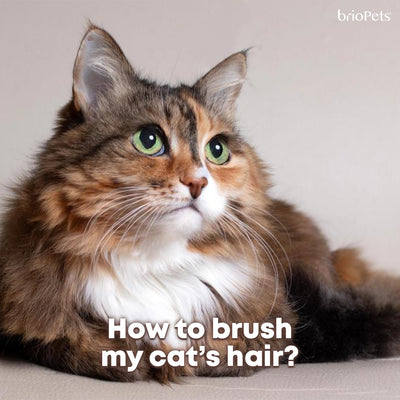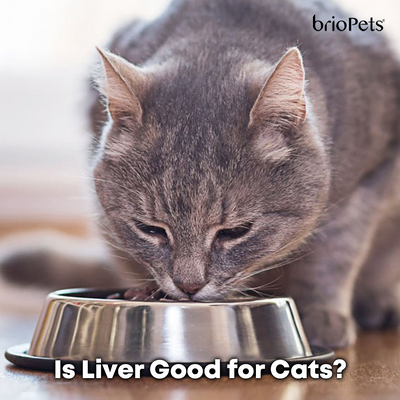
Many seasoned rabbit pawrents are well-versed in the art of selecting suitable hay for their furkids. However, new or potential rabbit owners may find it confusing and have difficulty selecting the hay.
There are many types of hay available in the market - Timothy Hay, Orchard Grass (Mountain Grass) and more. Most hay comes in 3 different cuts- 1st cut, 2nd cut, and 3rd cut. How do they differ? Let's find out!
1st cut
First cut hay is the first cut of the season before it blooms. This means that the hay is less leafy and contains more stems. This contributes to its higher fibre content and lower protein and fat content. First cut hay is ideal for adult and older herbivores.
2nd cut
Second cut hay is greener and leafier than first cut hay. It contains more protein and fat as compared to first cut hay; however, it is lower in fibre. Second cut hay is usually the best cut of hay for healthy adult rabbits.
3rd cut
Third cut hay is very soft and leafy. It has the highest protein and fat content out of the three cuts of hay, and the lowest fibre content. Because of this, it is the ideal hay for underweight rabbits, or just to be fed as a treat.

Which hay should I get for my furkid?
Hay is the most important part of a rabbit's diet and it should constitute a large portion of its daily feedings. If your furkid isn't too picky, feeding a mix of grass varieties will provide a range of flavours and help to balance out the vitamin/mineral differences. If you have a fussy furkid, we highly recommend trying American Pet's Feedtastic™ Timothy Hay. It is an indispensable food option with nutrition and flavour prebiotics booster; designed to encourage little herbivores to get out of hunger strike.
If your furkid is still growing and developing, Alfalfa hay would be the most suitable choice. Alfalfa hay has higher protein levels compared to other types of hay, such as Timothy hay. The higher caloric values make it the optimal choice for your growing youngster.
On the other hand, if your furkid has any pre-existing health conditions, there are some hays that they should avoid. For example, if your pet has bladder sludge (caused by too much calcium and protein-rich foods), they should avoid alfalfa hay. If your pet is obese, they should avoid 3rd cut Timothy Hay.
How much hay should I be giving my pet daily?
Rabbits
Ideally, rabbits should have one bundle of good quality hat every single day.
Guinea Pigs
An adult guinea pig can eat anywhere between 90-100 grams of hay daily. Hence it would be wise to provide fresh hay at least twice daily
Chinchillas
Since chinchillas require a high fibre diet, it is best to ensure your chinchilla always has hay available. You may also give them hay-based pellets.

What should I look out for when purchasing
When selecting hay, make sure to check the quality of it before making the purchase. Both the appearance and nutritional value of hay varies depending on the environmental condition, type of cut and storage duration.
Good hay should consist of mostly green stalks & leaf with a tantalising sweet scent. It should not smell like mould, be damp, or contain a lot of dust. The greener the hay, the more nutritional it is. Brownish hay is more fibrous but has lesser nutrients. It is also important that the hay is free of any mites or bugs that could infect your furkid. Lastly, ensure that the seller you're purchasing from has good warehousing facilities and the hay is kept in an appropriate environment.
How should I store my hay?
1. Keep your hay out of direct sunlight.
Sunlight can 'leach' the nutrients out of healthy hay, causing it to lessen in value as a key part of your furkid's diet. Sunlight can also discolour the hay which makes it less desirable to your picky pet. It's good practice to store your hay somewhere convenient yet dark enough to keep sunlight from reaching it
2. Don't expose hay to moisture.
Storing your hay in a dry place will help to prevent mould from growing. It is best to store the hay in places like in an opaque plastic bin or in its original packaging with a disposable humidifier
3. Keep it cool
Warmth can encourage mould growth. Hence it is best to store your hay somewhere cool where it isn't at the optimal temperature for mould to grow.
briopets is proud to be the sole distributor of American Pet products in Singapore, and you can explore an extensive range here.







